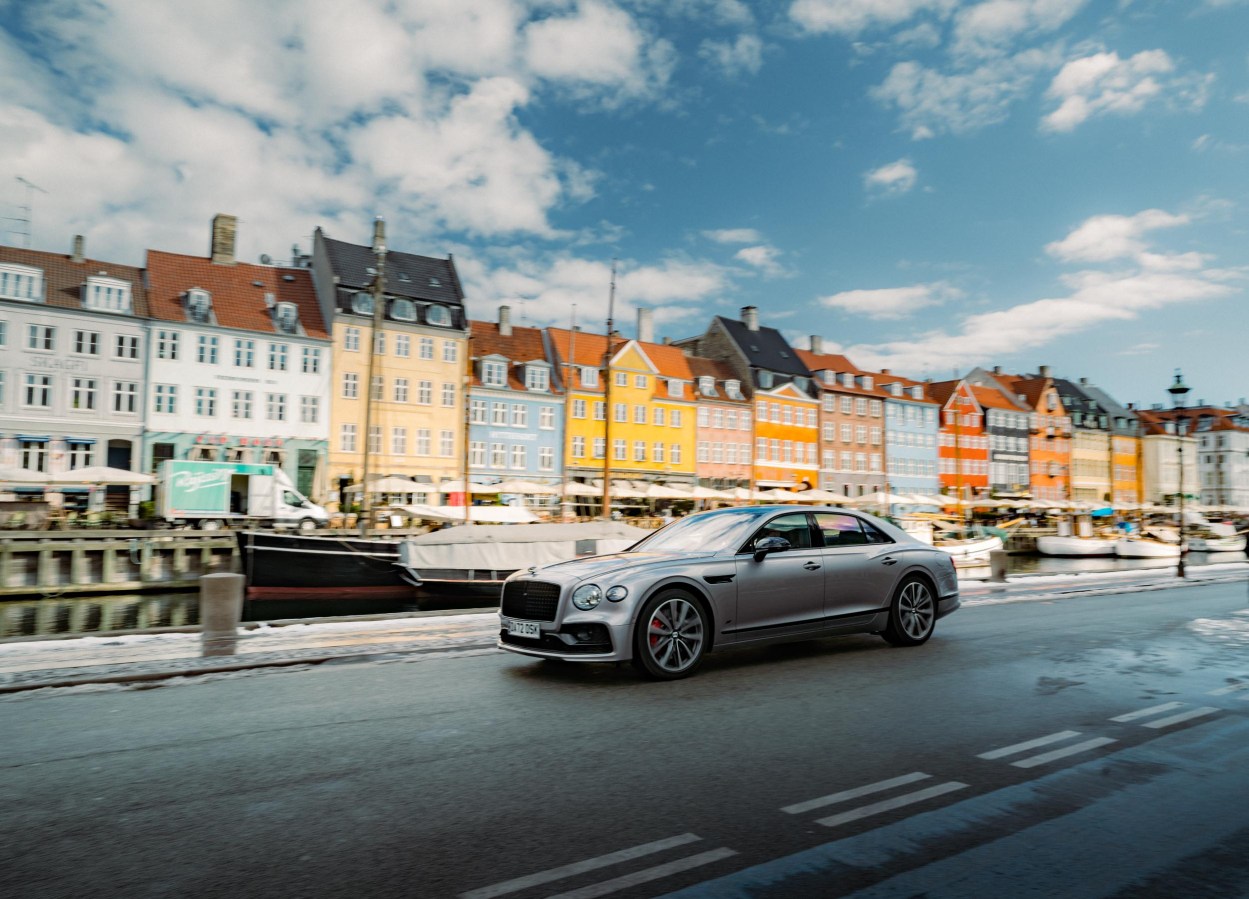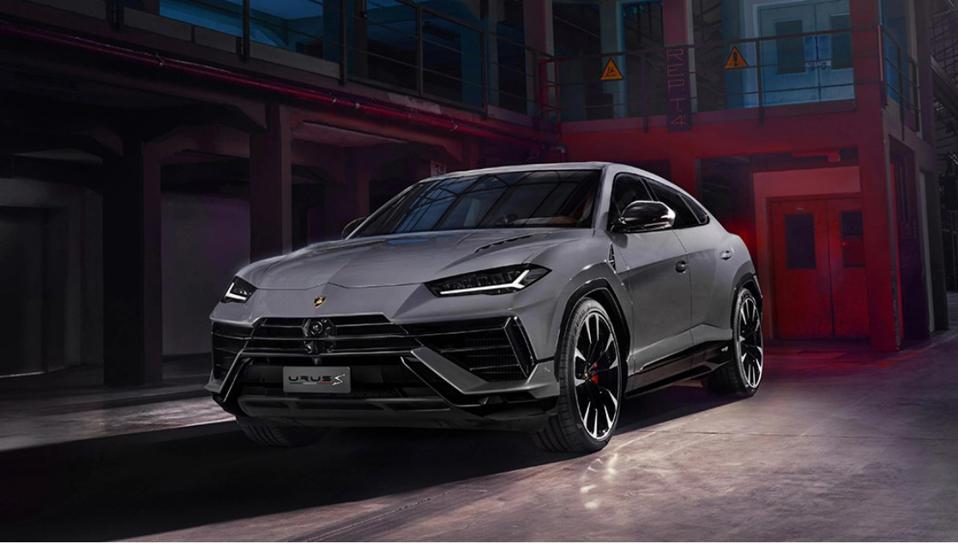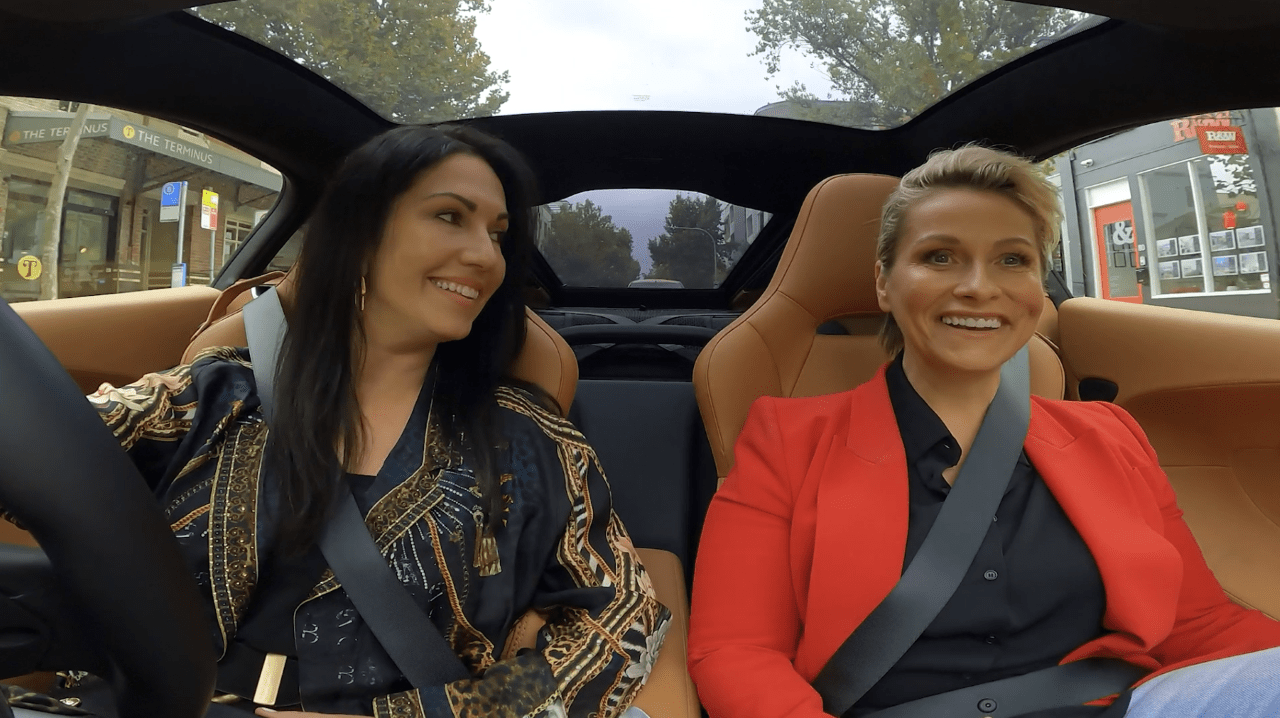McLaren has unveiled its new supercar, the 750S. This latest mid-engine V8, rear-wheel-drive performance model replaces the exotic carmaker’s 720S, a benchmark-setting sports car in production from 2017 through the end of 2022.
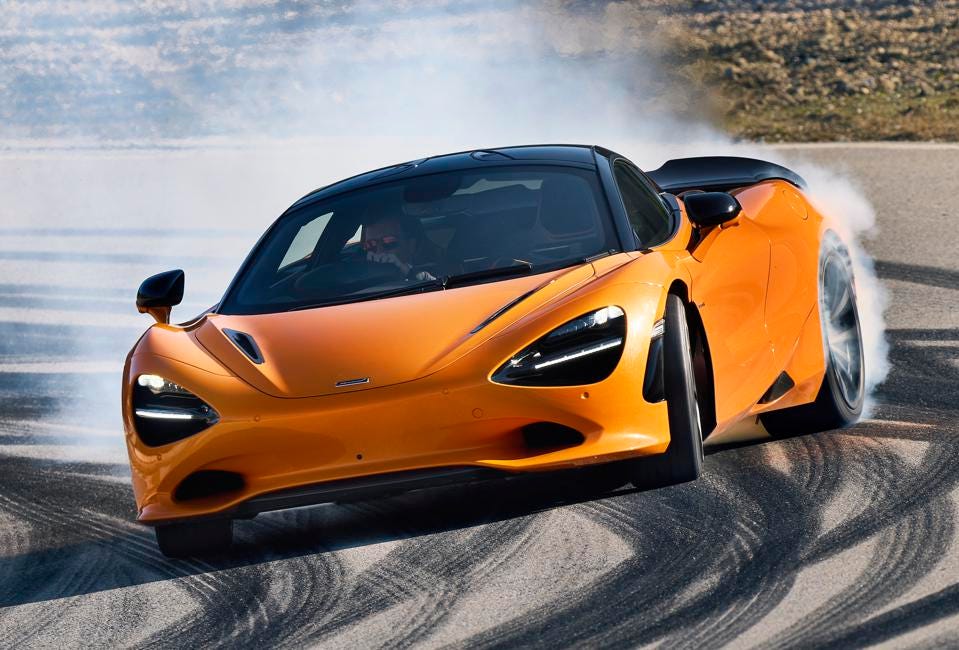
That’s a long run for any model in today’s highly-competitive supercar market, and as noted in our recent Farewell to the King story, the 720S still ranked among the most capable street-legal machines you could buy, even after 6 years. But browsing the 750S’ technical specs and images confirms McLaren was ready to establish a new standard, both within its own model line and throughout the supercar segment.
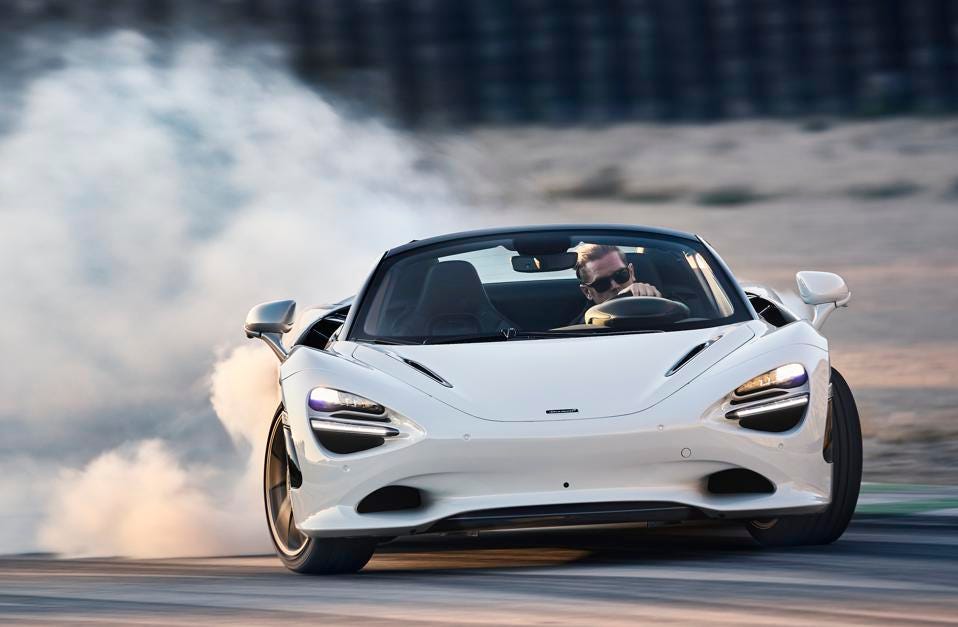
The 750S picks up where the 720S left off, elevating nearly every performance stat through lighter weight, greater power, and more advanced engineering. McLaren says over 30 per cent of the 720S was changed to create the 750S. Upgrades include a more powerful 4.0-lire V8, now making 740 hp instead of 710 hp, and a lighter carbon fibre chassis, weighing 3062 pounds versus the 720S’ 3,123 pounds.
Less weight and more power havev a fairly predictable result. With the 750S it means zero-to-60 in 2.7 seconds and 0-124 mph in 7.2 seconds (7.3 for the 750S Spider, which is 108 pounds heavier than the coupe). The new car also benefits from revised gearing for the 7-speed dual-clutch transmission and increased downforce to improve stability at high speeds.
The 750S looks like a 720S at first glance, but closer examination reveals an aggressive front splitter below narrower headlights, new wheel arch vents, a longer rear deck and a larger rear wing above a central exhaust outlet. The 750S Spider utilizes new flying buttresses behind each seat to smooth airflow over the cabin. An optional electrochromic glass panel in the retractable, composite roof can quickly switch between opaque and transparent when the roof is deployed.
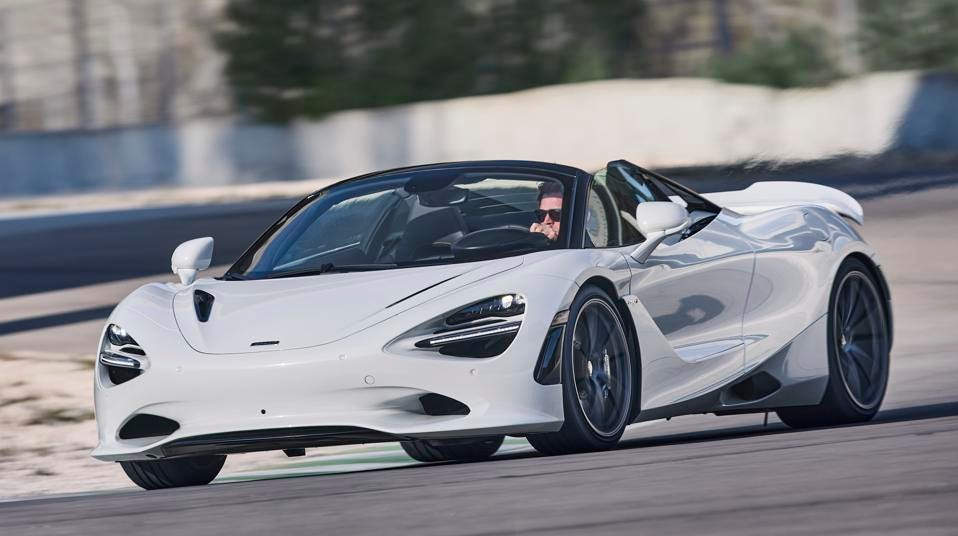
The 750S cabin has also been upgraded, with standard carbon fibre racing seats that save 38.6 pounds and Nappa or Alcantara leather interior surfaces. A new gauge cluster features rocker switches for adjusting drivetrain and suspension settings without removing the driver’s hands from the steering wheel. Drivers can also store a full combination of vehicle settings and recall them with a single button.
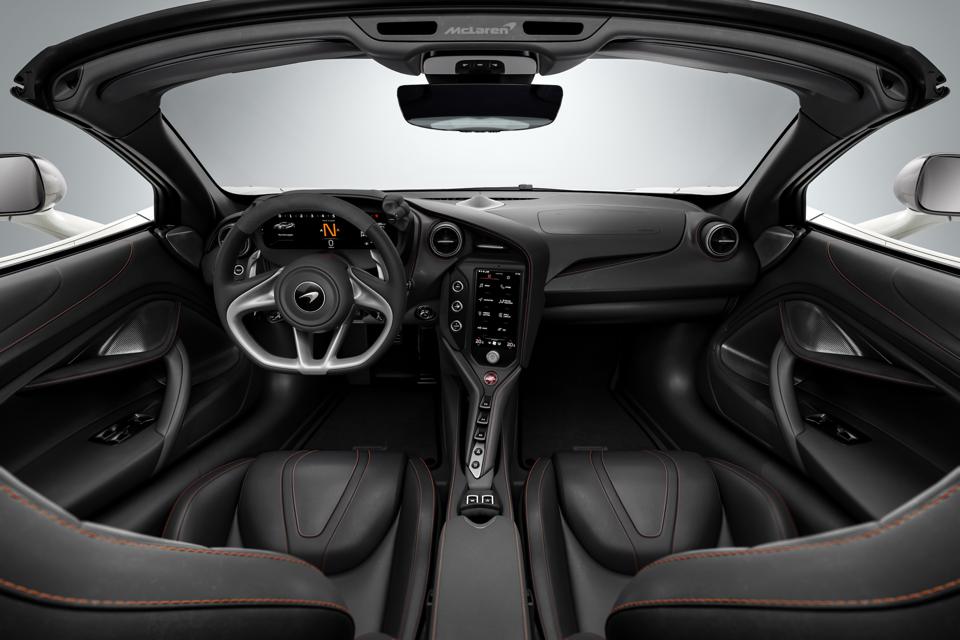
Options range from even lighter carbon fibre racing seats to upgraded carbon ceramic brakes to a new Bowers & Wilkins audio system. Standard features include Apple CarPlay, USB-C and USB-A charging ports, and a revised front lift system that raises the vehicle twice as fast as the previous system (in 4 seconds compared to 8). And, thankfully, the power steering system still uses electro-hydraulic assistance for improved feel and feedback.
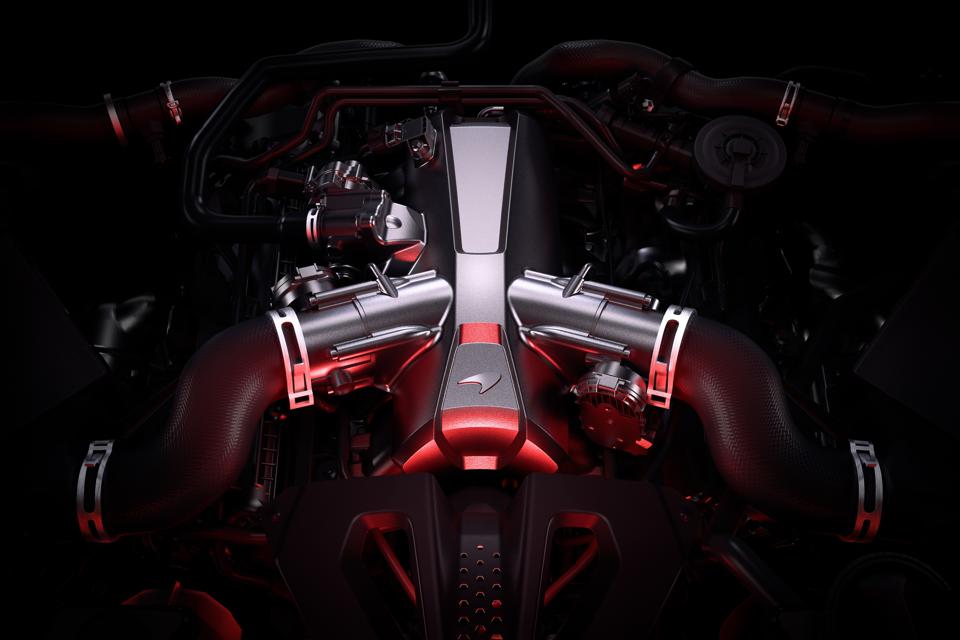
Subtle improvements to the 750S’s handling dynamics will require seat time to asses, but they sound encouraging. A 6 mm wider track combines with a faster steering ratio, retuned suspension settings (3 per cent softer front springs, 4 per cent stiffer rear springs) and a new brake booster to improve feel and modulation. McLaren says the 750S will offer the best power-to-weight ratio in the segment — a claim we look forward to verifying.
This article was first published on forbes.com and all figures are in USD.
Forbes Australia issue no.4 is out now. Tap here to secure your copy or become a member here.
Look back on the week that was with hand-picked articles from Australia and around the world. Sign up to the Forbes Australia newsletter here.
